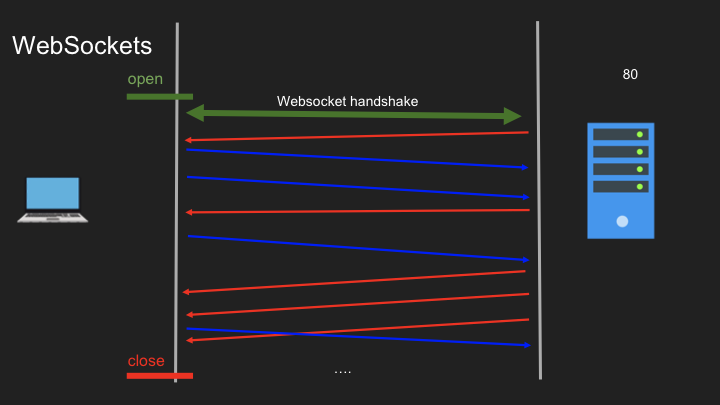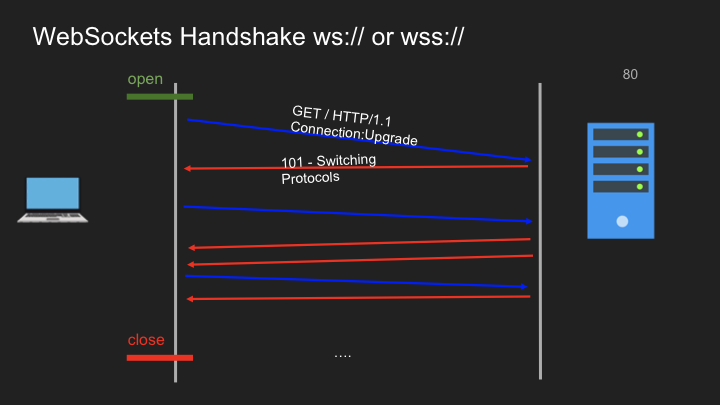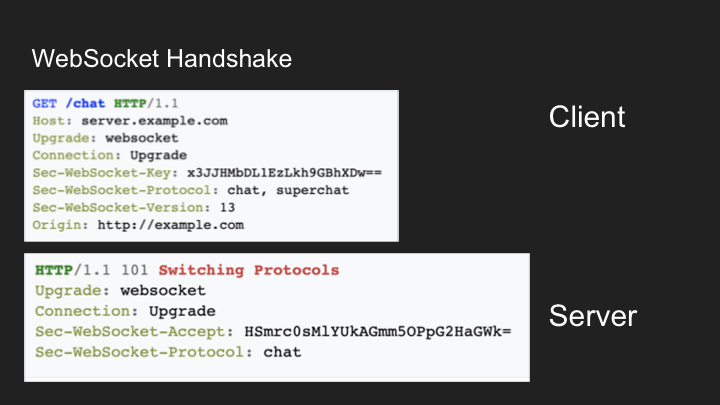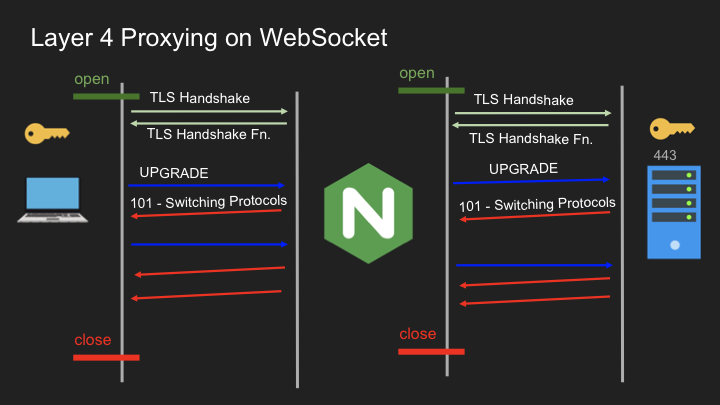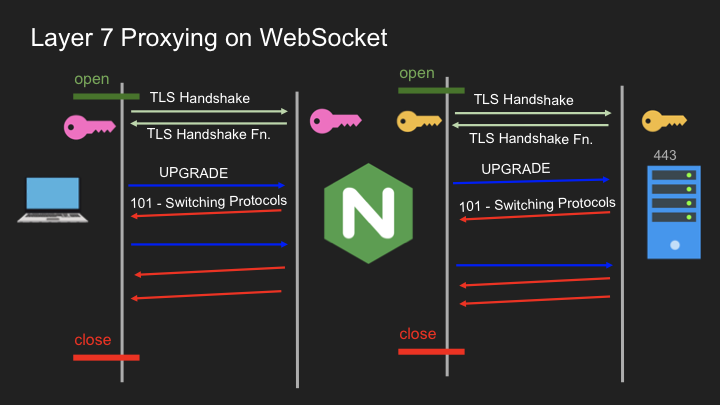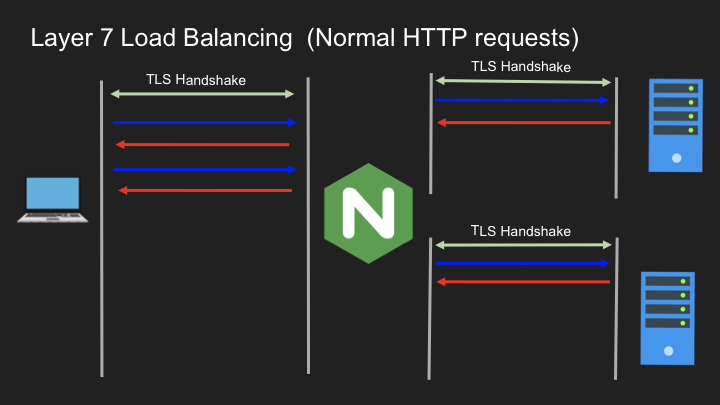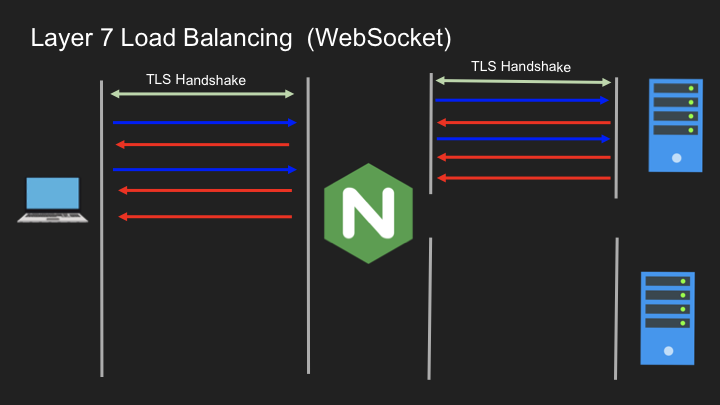NGINX: NGINX and WebSockets
NGINX: NGINX and WebSockets
Introduction to WebSockets
WebSockets are a communication protocol that provides full-duplex, bi-directional communication channels over a single, long-lived connection between a client (usually a web browser) and a server. Unlike traditional HTTP requests, which are short-lived and require a new connection for each request/response cycle, WebSockets enable continuous, real-time communication without the need to constantly re-establish connections.
Here’s a brief overview of how WebSockets work:
- Establishing a Connection: The WebSocket connection begins as an HTTP handshake, where the client (typically a web browser) sends an HTTP request to the server asking to upgrade the connection to a WebSocket. If the server supports WebSockets, it responds with a successful handshake and switches to the WebSocket protocol.
- Full-Duplex Communication: After the handshake, the connection remains open, allowing both the client and server to send messages at any time without needing to wait for a request. This enables two-way communication, making WebSockets ideal for applications that require real-time updates, like chat applications, online games, and live data feeds.
- Efficiency: WebSockets reduce overhead by eliminating the need for re-establishing connections for each message, unlike HTTP where each request requires a new connection setup. This makes WebSockets much more efficient for frequent or low-latency communication.
- Use Cases: WebSockets are widely used in applications that require real-time interaction, such as:
- Online chat apps
- Live sports scores
- Collaborative tools
- Financial tickers
- Multiplayer online games
- Protocol: WebSocket communication happens over the
ws://(non-secure) orwss://(secure) protocols, similar to how HTTP useshttp://andhttps://.
Example Flow:
- Client: Sends an HTTP request with an “Upgrade: websocket” header to initiate the handshake.
- Server: Responds with a 101 status code and switches protocols to WebSocket.
- Client and Server: Exchange messages through the open WebSocket connection until either party closes it.
Benefits:
- Real-time, low-latency communication
- Reduced network overhead
- Ideal for interactive, data-intensive applications
WebSockets are particularly powerful for web applications that need real-time communication between the server and the client without constantly polling the server for updates.
Http 1.0
Http 1.1
Websocket
Layer 4 vs Layer 7 WebSockets Proxying
- In Layer 4 OSI model we see TCP/IP content
- Connections, Ports, IP addresses.
- Content remains encrypted (if unencrypted it is not inspected)
- In Layer 7 OSI Model we see all what’s below
- Layer 4 + Application layer content
- Content is decrypted (TLS termination)
- We can read headers, paths, urls etc.
- Layer 4 Proxying on WebSockets is done as a tunnel
- NGINX intercepts the SYN for a connection and creates another connection on the backend
- Any data sent on the frontend connection is tunneled to the backend connection
- The backend connection remains private and dedicated to this client.
This post is licensed under CC BY 4.0 by the author.



